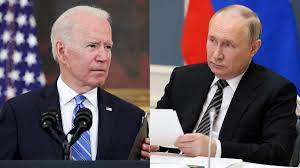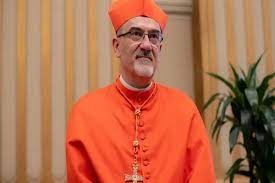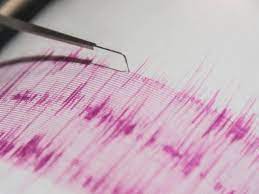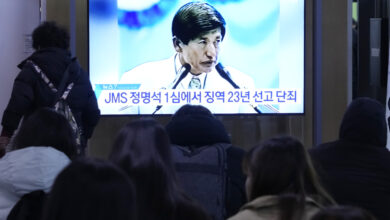An old statement by Xi Jinping ignites debate about China’s monetary easing
Beijing: A comment made by Chinese President Xi Jinping in a speech months ago has raised concerns that the central bank may begin purchasing government bonds in large quantities to boost the country’s economy—a stimulus that China has historically avoided.

However, the majority of economists predict that the People’s Bank of China (PBOC) will continue to use conventional methods instead of using significant liquidity injections via “quantitative easing” (QE), as several major countries have done. This includes the US and Japan.
The market is still expecting additional stimulus to help the second-biggest economy in the world, which is starting to show some signs of life despite a protracted debt problem in the real estate industry, which once accounted for 25% of China’s GDP.
In a speech at a significant financial conference in October, Xi said, “The People’s Bank of China must gradually increase the trading of treasury bonds in its open market operations.” The speech was not released at the time but was included this month in a book.
The South China Morning Post, located in Hong Kong, published a quote from the book on Thursday. This sparked discussions in the market on how to understand Xi’s remarks in light of the PBOC’s hesitation to inject a lot of liquidity into the system because of concerns about asset bubbles and inflation.
On Thursday, the blue-chip stock index in China recovered 0.5% from its one-month lows. The 10-year Treasury bond futures had their biggest increase in three weeks on Friday.
The conjecture also signifies the susceptibility of investors to remarks given by Xi, the longest-serving president of China and its most influential leader since Mao Zedong.
A request for comment was not immediately answered by the PBOC.
A LOT OF LIQUIDITY AND ROOM TO CUTS RATES
According to Robin Xing, chief China economist at Morgan Stanley, Xi’s statement was “not buying government bonds in the primary market, therefore not an indication of QE”.
“In fact, in the same speech, Beijing made hawkish comments that the deleveraging process requires a tighter grip on money and credit supply, which we believe indicates continued preference for austerity to prevent misallocations,” Xing said in an investor note.
Direct bond purchases by the PBOC from the federal government are prohibited. In the secondary market, it last purchased them in 2007.
Tao Wang, director of Asia economics and chief China economist at UBS Investment Bank, stated that Xi was “calling for replenishing the central bank’s monetary policy toolkit,” which included increasing its choices in the open-market trading of government bonds to control liquidity.
Rocky Fan, an economist at Guolian Securities, said that the PBOC may replace reverse repurchases with Treasury bond purchases while cutting down on the former.
Deputy Governor of the Bank of China, Xuan Changneng, said last week that reducing the reserve requirement ratios of commercial banks—which are now averaging around 7% after a 50-basis-point decrease in January—would be a significant means of introducing liquidity in addition to other conventional policy instruments.
The prime rate for five-year loans was lowered by the PBOC last month by 25 basis points to 3.95%, the largest decrease since the reference rate was instituted in 2019.
August saw the most recent rate reduction by the PBOC of 15 basis points to 2.50% on one-year medium-term lending facility loans, which serve as a proxy for the loan prime rate.
“(Other) central banks are doing QE because their policy rates are close to zero and they can’t cut any further, but the PBOC still has room to cut its policy rate, which is now 2.5%,” the analysts at Macquarie noted.
China plans to issue 1 trillion yuan in special ultra-long-term Treasury notes to assist important industries and 3.9 trillion yuan ($540 billion) in local government special bonds this year to boost the economy, up from 3.8 trillion yuan last year.
China’s 30-year Treasury bond yield is about 2.47%, which is close to this month’s record low of 2.442%, indicating strong demand for bonds and plenty of liquidity in the financial system.
Forthright Holdings chief economist Xia Chun said, “Whether you look at the money supply or the level of interest rates, the degree of monetary easing we’ve experienced has rarely been seen in history.”







